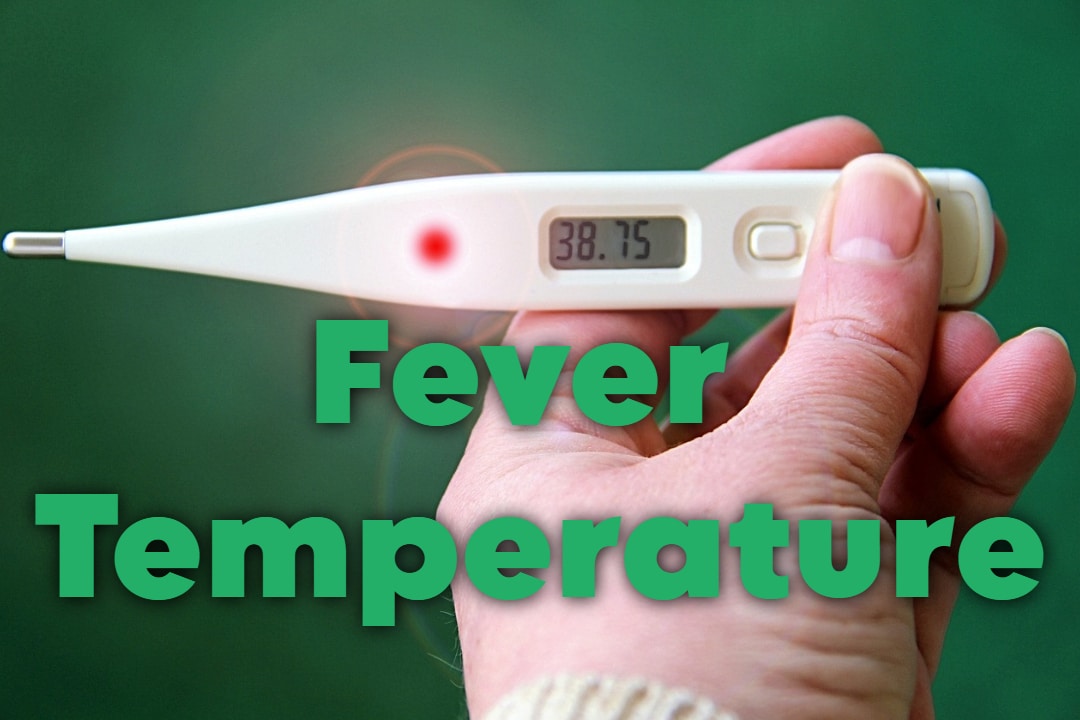Fever is one of the body’s natural responses to infection or illness. For adults, understanding what constitutes a fever and knowing when it requires medical attention is important. In this guide, we will explore the fever temperature chart for adults, discuss how to reduce fever, and answer key questions related to fever in adults and children.
Understanding Fever Temperature in Adults
A fever occurs when the body’s temperature rises above its normal range. Typically, the average normal body temperature for adults is around 98.6°F (37°C). However, individual body temperatures can vary slightly.
Fever Temperature Chart for Adults
Below is a fever temperature chart for adults that helps define different levels of fever:
| Fever Type | Temperature Range | Classification |
|---|---|---|
| Normal Body Temperature | 97°F to 99°F (36.1°C to 37.2°C) | Normal |
| Mild Fever | 99°F to 100.4°F (37.2°C to 38°C) | Low-grade fever |
| Moderate Fever | 100.5°F to 102.2°F (38°C to 39°C) | Mild fever |
| High Fever | 102.3°F to 104°F (39°C to 40°C) | High fever |
| Very High Fever | 104°F to 106°F (40°C to 41.1°C) | Dangerous fever |
| Hyperpyrexia (Life-Threatening) | Above 106°F (41.1°C) | Emergency medical condition |
When to Worry About Fever in Adults
Most fevers resolve on their own, but there are certain cases where fever can be an indicator of a more serious problem. Fever in adults when to worry includes the following situations:
- Temperature over 103°F (39.4°C): A high fever can indicate a serious infection or other condition that needs medical intervention.
- Persistent fever: If your fever lasts for more than three days, it’s time to consult a healthcare provider.
- Accompanying symptoms: If a fever is accompanied by severe symptoms such as chest pain, difficulty breathing, confusion, or extreme fatigue, seek medical advice immediately.
- Fever after returning from travel: If you’ve recently traveled to an area with diseases such as malaria or dengue, and you develop a fever, contact a doctor.
How to Reduce Fever in Adults
There are several effective methods to reduce fever in adults, especially when the fever is mild. Here are some natural remedies and treatments:
- Stay Hydrated: Drink plenty of fluids to avoid dehydration caused by fever. Water, herbal teas, and broths are good options.
- Rest: Allow your body to heal by resting and avoiding strenuous activities.
- Cool Compress: Applying a cold washcloth to your forehead or the back of your neck can help reduce fever symptoms.
- Medications: Over-the-counter fever-reducing medications, such as acetaminophen (Tylenol) or ibuprofen (Advil), can be effective for managing fever.
- Lukewarm Bath: Soaking in a lukewarm bath can help bring body temperature down, but avoid using ice-cold water, as this can cause shivering and increase your temperature.
Types of Fever
Fever is often categorized into different types based on its cause or duration. Here are some common types of fever:
- Continuous Fever: The body temperature remains above normal but does not fluctuate much.
- Intermittent Fever: Body temperature alternates between periods of fever and normal temperature.
- Remittent Fever: The fever fluctuates within a high range but never returns to normal during the course of the illness.
- Relapsing Fever: Fever comes and goes, typically with symptom-free periods in between.

When Is a Fever Too High for a Child?
Parents often worry when their child has a fever, but it’s essential to know when a fever is dangerous for a child. A fever too high for a child typically begins when their temperature reaches 103°F (39.4°C) or higher. Here are some guidelines for children:
- Infants (under 3 months): Seek medical attention if the baby’s temperature exceeds 100.4°F (38°C).
- Children (3 months to 3 years): A fever above 102°F (38.9°C) is a reason to consult a pediatrician.
- Children (3 years and older): A fever above 103°F (39.4°C) may require medical attention, especially if other symptoms accompany the fever.
100.5 Fever in Adults: When to Worry
A 100.5 fever in adults generally falls within the low-grade fever category, which often doesn’t require immediate medical intervention. However, if it persists for more than a few days or is accompanied by concerning symptoms like shortness of breath, it is wise to consult a doctor.
What Temperature Is a Fever for a Child?
For children, a fever is usually defined as a temperature of 100.4°F (38°C) or higher. As mentioned earlier, the treatment and concern levels differ depending on the child’s age and symptoms.
Is 101 a High Fever for a Child?
A fever of 101°F is considered mild for children and is generally not cause for alarm. However, if the child shows other worrying symptoms like lethargy, refusal to drink fluids, or difficulty breathing, you should contact a healthcare provider.
FAQs About Fever Temperature
1. What is the normal body temperature for adults?
The normal body temperature for adults ranges between 97°F and 99°F (36.1°C to 37.2°C), but it can vary slightly between individuals.
2. When should I worry about a fever in adults?
You should be concerned if the fever exceeds 103°F (39.4°C), lasts for more than three days, or is accompanied by severe symptoms such as confusion, chest pain, or difficulty breathing.
3. What are the most effective ways to reduce fever in adults?
Staying hydrated, resting, using a cool compress, taking over-the-counter medications like acetaminophen or ibuprofen, and taking a lukewarm bath are effective ways to reduce fever.
4. What is a fever for a child?
A fever for a child is typically a temperature of 100.4°F (38°C) or higher. The level of concern depends on the child’s age and other symptoms.
5. Is 101°F a high fever for a child?
A fever of 101°F is mild for most children. However, it’s important to monitor for additional symptoms like vomiting, difficulty breathing, or dehydration.
6. How long does a fever typically last?
A fever from a viral infection usually lasts 1 to 3 days. If it persists beyond this or shows no signs of improvement, consult a healthcare professional.


